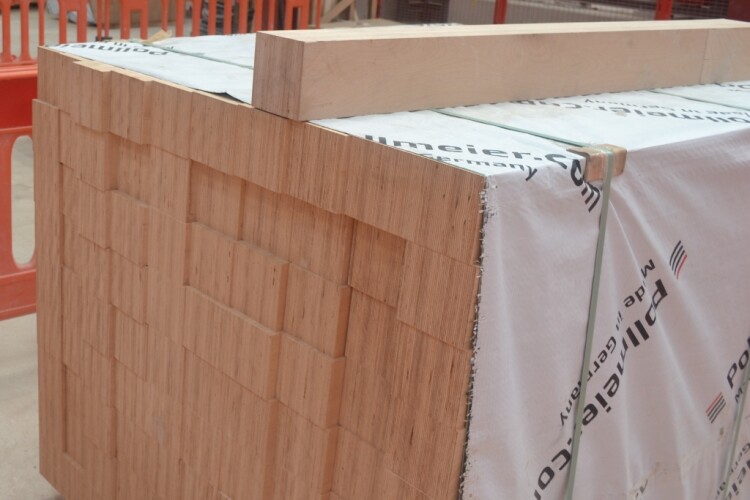The trade deficit of construction materials – the difference between what we export and what we import – is a firm indicator of the health of the UK building materials sector, and of the wider economy.
In 2023 the UK imported £14,189m more construction materials that it exported. This is £2,357m less than the £16,547m trade gap reported in 2022.
The good news is that the trade gap narrowed by 14% in 2023 despite GB construction output increasing by 2.0% in 2023 compared with 2022. (Construction output figures do not include Northern Ireland; trade statistics do.)
The bad news is that the target set down in 2013 in the landmark Construction 2025 strategy document is now well and truly out of sight. That document set a target of reducing the UK building materials balance of trade deficit by 50% by 2025, from £6bn at that time, to £3bn by next year.
The government set up the Construction Leadership Council to implement the Construction 2025 strategy, but the CLC appears to have long ago abandoned this particular mission.
Over the past five years the building materials trade gap has only once fallen below £10bn, in 2020, the year that the Covid pandemic arrived.
The UK’s trade deficit of construction materials
- 2019: 10.4bn
- 2020 - £9.0bn
- 2021: £13.2bn
- 2022: £16.5bn
- 2023: £14.2bn
Top five imported materials 2023 *
- Electrical wires – £2,756m
- Lamps and fittings – £1,090m
- Sawn wood and 6mm thick – £1,024m
- Air conditioning equipment – £994m
- Builders ironmongery - £915m
* Source: www.gov.uk
Got a story? Email news@theconstructionindex.co.uk



